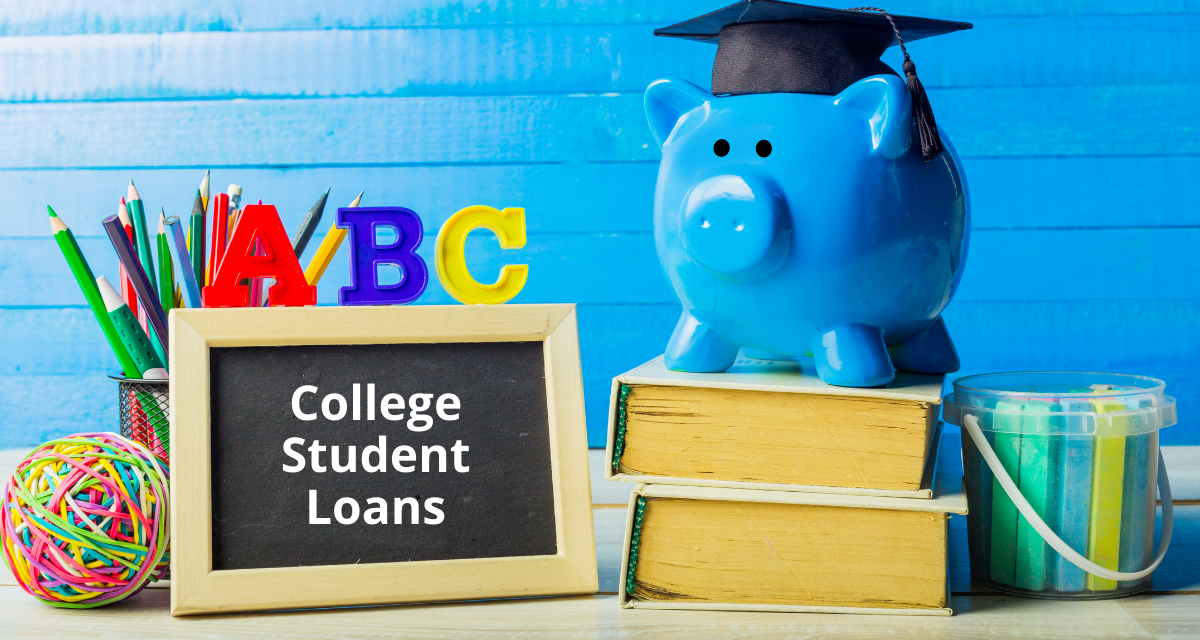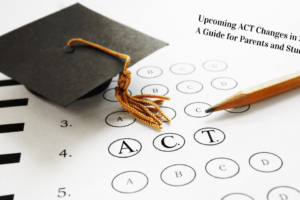
Why All College Students Should Know About Income-Driven Student Loan Payments
Whether you have already graduated from college and started your journey into a career or are still currently taking courses, There is an excellent chance you are going to be left with some student loans.
College is expensive, and there is no shame in having loans to pay back. But pay them back smartly. According to the U.S. Federal Reserve and the Federal Reserve Bank of New York, 69 percent of the graduating class of 2019, just two short years ago, had an average debt of $29,900 from their days in college. If that was not bad enough, 14 percent of the parents of these college students had loan averages of $37,200 as they were trying to help pay for their kid’s college as well. I think we can all give out a collective “Yikes!” from these amounts.
Loan Payments and Interest
Let’s round out the student debt to $30,000 and have a ten-year loan payment plan in place to look at these next numbers. If you hoped to pay off the $30,000 debt in ten years, the payments would be close to $350 a month. Plus, the interest during this time using the usual interest rates would be close to an additional $10,000.
If you are trying to live on your own as a recent college graduate, meaning you are renting a place or making mortgage payments, that $350 a month could be too much out of your finances. When you have insurance payments, car payments, utilities, and home payments, you have to watch your budget closely.
Another Option: Income-Driven Repayment Plans
Income-driven student loan repayment plans are based on how much money an individual has left after paying for the necessities every month. For our purposes, we will figure the numbers for someone in a one-person household.
The current poverty guidelines for a one-person household is the person has to make $12,880 or below. If a college graduate has landed their first job and is currently making $25,000 a year, you would subtract the $12,880 from the $25,000, and you would have $12,120 as your discretionary income that your loan payments are based on.
With four different types of income-driven repayment plans, they would estimate your monthly loan payment by taking anywhere from 10 to 20 percent of this amount based on which income-driven repayment plan you would fall into. If you are paying 15 percent of the $12,120 and divided by the 12 months, your monthly payment would be approximately $150.
And if after 20 to 25 years, depending upon the plan, you still have a balance left; the rest is automatically forgiven.
There are requirements you must meet for the income-driven repayment plan, and each of the four is a little bit different, but to see if you qualify, check out the studentaid.gov website and fill out the application. It could be the difference between living in your parents’ basement and having a place of your own while stepping into adulthood.
College Planning
If you are a high school senior or a parent who wants to get ahead of the curve and start putting plans in place, iAchieve can help. We offer college planning that will assist you in getting prepared for what the future holds. Don’t wait until the last minute to prepare for college now, and you may not need income-driven payment plans later on.
RELATED BLOG POSTS
How to Effectively Prepare for the ACT/SAT to Land a Scholarship
Give Your High School Students a Financial Education
How to Find Money For College: The Ins and Outs of Financial Aid



